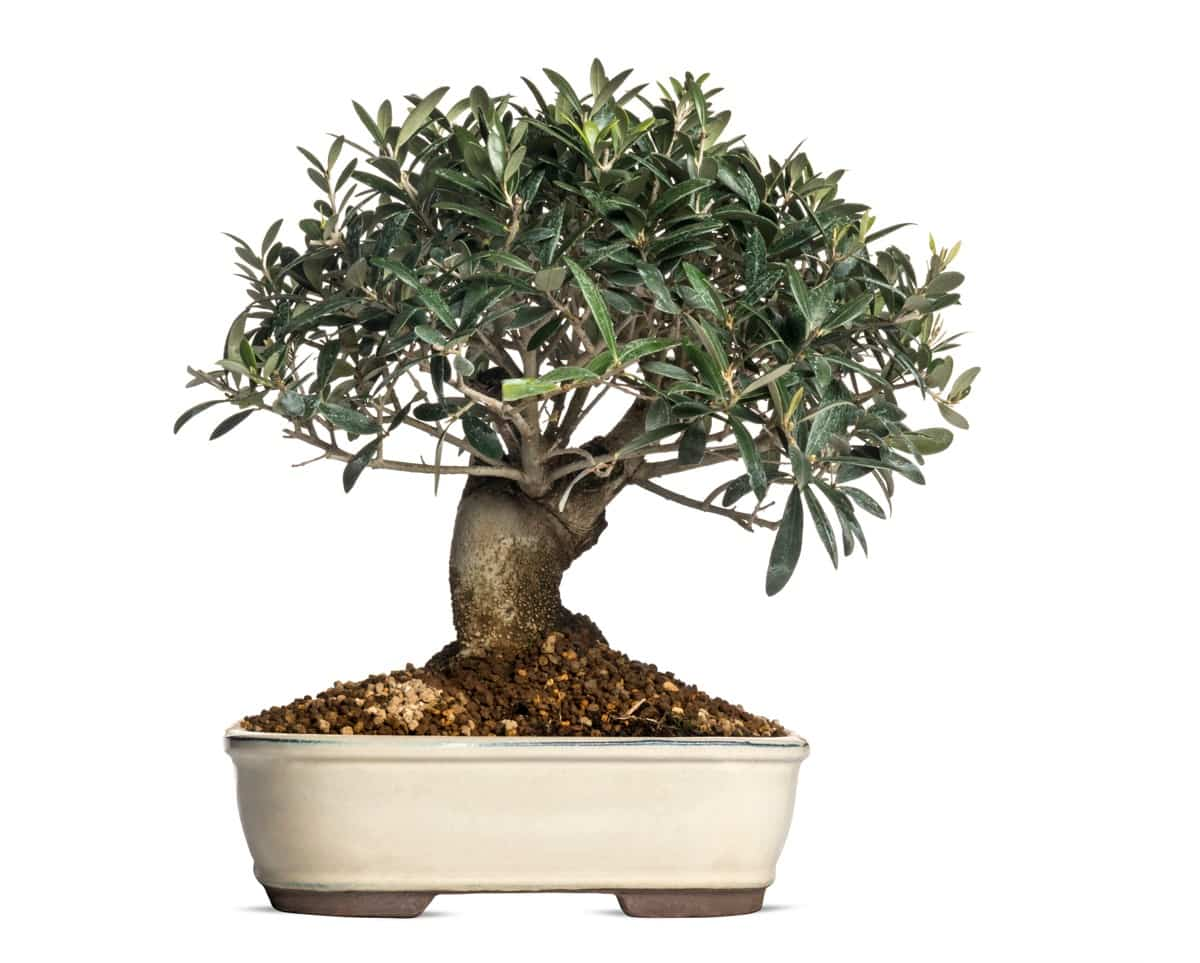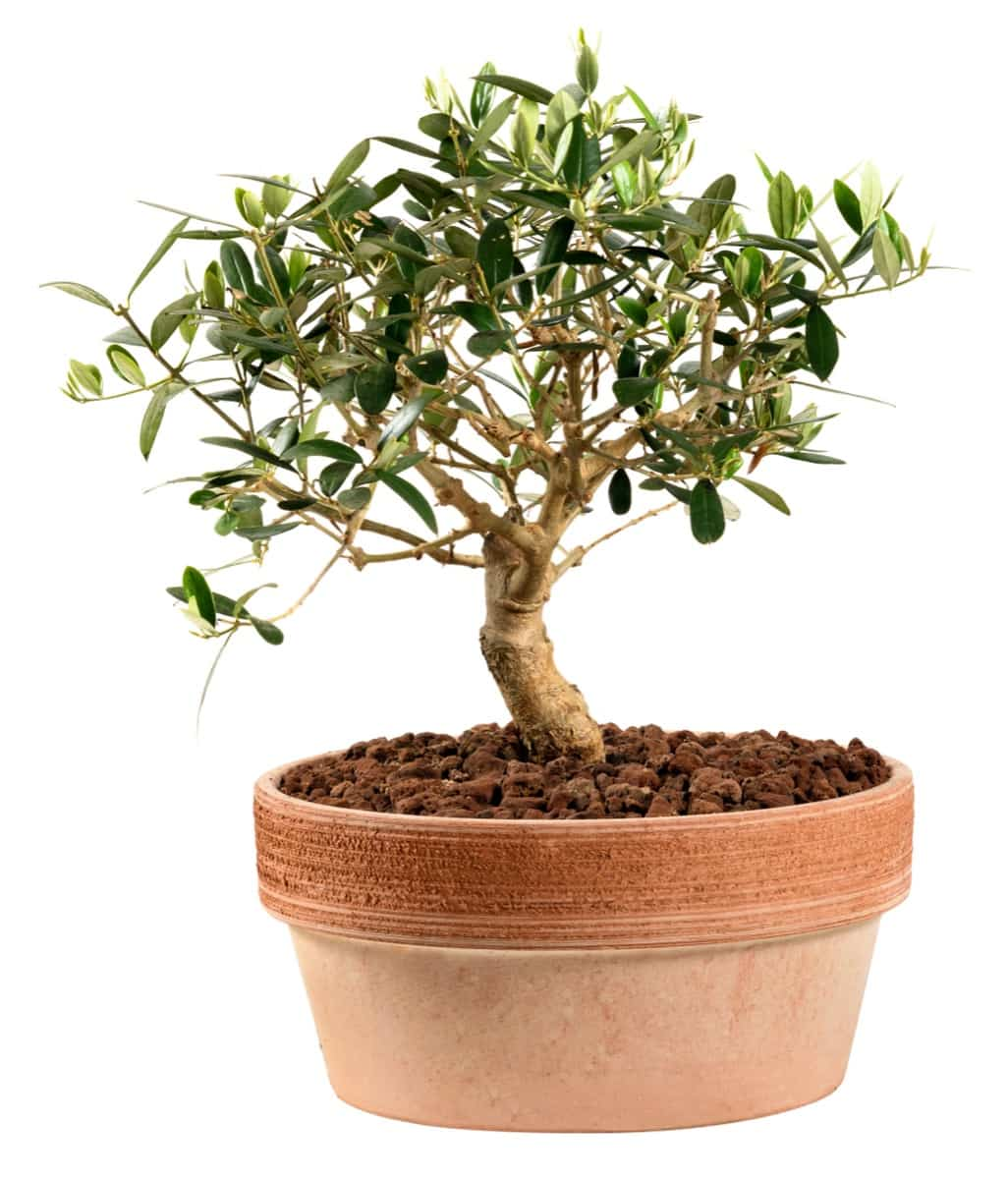Bonsai is an ancient Japanese art form that combines natural and aesthetic elements, creating an experience of harmony and tranquility. One species that is gaining popularity among bonsai enthusiasts is the Olive tree. This versatile plant lends itself to various olive bonsai styles, from the classic upright to dramatic cascade.

How to bonsai an olive tree is a process that involves careful nurturing, but with the right steps and consistent care, you can have a thriving bonsai olive tree to admire. It can be grown outdoors and indoors, making an olive bonsai indoor a unique addition to your home décor. One of the main aspects of olive bonsai care is olive bonsai pruning. This process helps maintain the tree’s miniature size and enhances its visual appeal.
So, how do you take care of an olive bonsai tree? The process involves several steps, such as selecting the right tree, preparing the best soil for olive bonsai trees, and following the proper watering and fertilizing techniques. This article provides an in-depth guide on these processes, making the journey of growing and maintaining an olive bonsai tree an enlightening experience.
How to Grow and Care for Olive Bonsai
Choosing the Right Bonsai Olive Tree
The journey of creating a bonsai starts with selecting the right tree. Olive trees are a great choice due to their resilience and adaptability. Choose a tree with a robust root system, a sturdy trunk, and healthy foliage. Pay close attention to the tree’s overall health and appearance, as any sign of disease or pest infestation might hinder the bonsai process.
Preparing the Soil for Bonsai Olive
Preparing the best soil for olive bonsai trees is essential in ensuring your tree’s growth and longevity. Olive trees prefer well-draining soil, so a mixture of akadama, pumice, and organic compost in equal proportions is an ideal medium. This mixture retains sufficient water, provides nutrients, and drains excess moisture, preventing root rot.
Planting Bonsai Olive Tree in a Container
Once you have the right soil mix, it’s time to plant your bonsai olive tree in a container. Choose a shallow and wide container that matches the size of your tree. The width should be roughly two-thirds the height of your tree, and the depth should be equivalent to the trunk’s thickness. Place a layer of soil at the bottom of the container, position your tree, and then fill it in with soil, ensuring the tree is secure.
Watering Techniques for Bonsai Olive
Water the newly planted tree carefully, making sure to soak the roots until water drains from the container’s holes. To ensure optimal moisture levels, it is important to let the top layer of soil dry before the next watering. Overwatering may lead to root rot, while insufficient watering can cause wilting and drooping.
Fertilizing Bonsai Olive Tree
Feeding your olive bonsai is a crucial part of its care regimen. Use a balanced bonsai fertilizer during the growing season, spring, and summer. However, reduce the frequency in winter, when the tree’s growth slows. Regular feeding helps promote healthy growth and vibrant foliage.
In case you missed it: How to Grow and Care for Jamun Bonsai: Planting Instructions

Pruning and Shaping Bonsai Olive
Pruning and shaping are essential components of how to bonsai an olive tree. Olive bonsai pruning involves trimming the branches and leaves to maintain the tree’s shape and size. This process also encourages new growth and improves the tree’s overall health. Shaping, on the other hand, gives the tree its distinctive bonsai appearance. With careful wiring and bending, you can create an array of olive bonsai styles, from formal upright to windswept.
Protecting Bonsai Olive From Pests and Diseases
Your bonsai olive tree can fall prey to pests and diseases like any other plant. Regular inspections help identify signs of infestation or illness early. Common pests include aphids, scale insects, and spider mites, while diseases can range from root rot due to overwatering to leaf spots due to fungal infections. If detected early, most of these issues can be resolved with appropriate treatments.
Providing Adequate Sunlight for Bonsai Olive
Sunlight is essential for your olive bonsai tree’s growth and health. Whether you keep your olive bonsai indoors or outside, ensure it receives at least six hours of sunlight daily. However, if the tree is kept indoors, place it near a south-facing window or use a grow light to provide the necessary light.
Maintaining Temperature and Humidity for Bonsai Olive
Olive trees are from the Mediterranean and like warm weather. They can handle 20°F (-7°C) but do best in 55°F (13°C) to 85°F (29°C). Humidity is another crucial factor, especially for indoor trees. You can maintain adequate humidity by misting the tree regularly or placing the container on a tray filled with water and pebbles.
Repotting Bonsai Olive Tree
Finally, repotting your bonsai olive tree is necessary as it grows. Young trees should undergo repotting every two years to promote root growth and rejuvenate the soil. Conversely, older trees can be repotted at intervals of three to five years to ensure the provision of essential nutrients for their robust and healthy development.
Winterizing Bonsai Olive Tree
As the cold season approaches, it’s crucial to consider how to winterize your bonsai olive tree. While these trees can tolerate lower temperatures, extreme cold can be harmful. If the temperature in your area drops below 20°F (-7°C), moving your tree indoors or to a protected area like a greenhouse or garage is recommended.
Remember to reduce watering during this period as the tree’s metabolism slows and doesn’t require as much moisture. However, the humidity should still be maintained. A humidity tray can help accomplish this. Pruning should also be limited during the winter months. As the tree is not actively growing, wounds from cuts can take longer to heal, making the tree susceptible to diseases.
Creating a Bonsai Olive Display
Nurturing your bonsai olive tree concludes with creating an impressive display. This involves more than simply setting your bonsai on a table; it is an art form highlighting the tree’s beauty and the care you’ve invested. The container selection is a crucial element of the display; it should harmonize with your tree’s size and style while not distracting from its natural charm. The color and shape of the pot should align with the tree’s aesthetics.
Moreover, the tree’s placement in the container shouldn’t be centralized but slightly to one side to give a more naturalistic impression. Adding a humidity tray can be functional and simultaneously enhance the visual appeal. Many bonsai practitioners include secondary, smaller plants or tiny figurines in their displays to represent seasons or specific themes. Ultimately, the display should be a personal expression, reflecting your bond with your bonsai olive tree and your shared journey.
In case you missed it: How to Grow and Care for Coconut Bonsai: Planting Instructions

Conclusion
Growing and caring for an olive bonsai tree is engaging and rewarding. By following the right steps and providing consistent care, you can create a beautiful miniature olive tree that brings a touch of nature and serenity to your surroundings.
- Feed Your Flock for Less: Top 10 Tips to Save on Chicken Feed
- Ultimate Guide to Ossabaw Island Hog: Breeding, Raising, Diet, and Care
- Hatching Answers: The Top 10 Reasons Your Chickens Aren’t Laying Eggs
- Eggs and Economics: Breaking Down the Cost of Raising Backyard Chickens
- Defend Your Greens: Proven Methods to Keep Iguanas Out of Your Garden
- Ultimate Guide to Cinnamon Queen Chicken: A Comprehensive Guide for Beginners
- Ultimate Guide to California Tan Chicken: Breeding, Raising, Diet, Egg-Production and Care
- Ultimate Guide to Marsh Daisy Chicken: Breeding, Raising, Diet, and Care
- 10 Types of Chicken Farming Businesses You Can Start for Profits